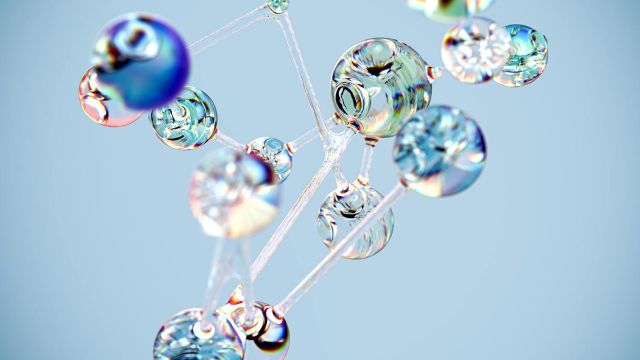In the rapidly evolving field of synthetic biology, terms like NMN, NAD, NADH, and NR are gaining attention. These molecules are closely related but have distinct roles, making them easy to confuse. This article breaks down their similarities, differences, production methods, and key uses to help you understand them clearly.
What Are NMN, NAD, NADH, and NR?
At the core of these molecules is NAD (Nicotinamide Adenine Dinucleotide), a coenzyme found in all living cells. It plays a critical role in energy metabolism and DNA repair, acting as a "helper molecule" for enzymes involved in these processes. Without NAD, many essential cellular functions would grind to a halt.
NADH is the reduced form of NAD. When NAD gains electrons during metabolic reactions (like breaking down food for energy), it becomes NADH. Think of NADH as the "charged" version, storing energy that cells can use later. It’s vital for producing ATP, the cell’s main energy currency.
NR (Nicotinamide Riboside) is a precursor to NAD. Precursor molecules are building blocks that the body can convert into NAD. NR is a form of vitamin B3, and its small size allows it to be easily absorbed by cells, where it’s transformed into NAD through a series of chemical steps.
NMN (Nicotinamide Mononucleotide) is another NAD precursor, similar to NR but with a slightly different structure. It also converts into NAD, though debates continue about whether it’s more efficient than NR in certain tissues like the brain.
The key similarity? All four molecules are part of the same "NAD pathway." NR and NMN are precursors that boost NAD levels, while NAD and NADH work together to power cellular processes.

How Are They Produced?
Synthetic biology has revolutionized the production of these molecules, moving beyond traditional extraction from natural sources.
- NAD and NADH Production: These are often synthesized through enzymatic reactions. Starting with precursors like nicotinamide (a form of B3), scientists use engineered enzymes to mimic the body’s natural NAD synthesis process. This method ensures high purity and scalability.
- NR Production: NR is typically made using chemical synthesis or fermentation. Chemical methods involve combining nicotinamide with ribose (a sugar molecule) under controlled conditions. Fermentation uses microbes like yeast, which are genetically modified to produce NR as a byproduct of their metabolism.
- NMN Production: NMN can be synthesized chemically by attaching a phosphate group to NR. Alternatively, biotechnological approaches use enzymes to catalyze the reaction, resulting in a more natural form. Recent advances in synthetic biology have made NMN production more efficient, reducing costs for supplements.
All these methods prioritize bioavailability, ensuring the molecules can be easily absorbed when taken as supplements.
Main Uses and Applications
These molecules are best known for their roles in anti-aging research, but their uses extend far beyond that:
- Energy Metabolism: NAD and NADH are central to converting food into energy. Low NAD levels are linked to fatigue, so supplements that boost NAD (like NMN or NR) are popular among those seeking increased stamina.
- Anti-Aging and Longevity: As we age, NAD levels decline, which is associated with cellular aging. Studies suggest that NMN and NR supplements can raise NAD levels, supporting DNA repair and slowing age-related decline. While human trials are ongoing, animal studies show promising results in improving lifespan and healthspan.
- Neurological Health: NADH plays a role in brain function by supporting mitochondrial health (the cell’s "powerhouses"). Some research suggests it may help with conditions like chronic fatigue syndrome and age-related cognitive decline. NR and NMN are also being studied for their potential to protect neurons and enhance memory.
- Athletic Performance: Athletes often use NAD precursors to boost energy production and aid recovery. By supporting ATP synthesis, these supplements may improve endurance and reduce muscle soreness.
- Metabolic Health: NAD helps regulate blood sugar and fat metabolism. Studies indicate that raising NAD levels could support weight management and reduce the risk of metabolic disorders like type 2 diabetes.
Choosing the Right One
For beginners, the key is to focus on your goals. If you want to boost overall NAD levels, NMN or NR supplements are good starting points. NADH may be better for immediate energy support, while NAD itself is less commonly used in supplements due to absorption challenges.
As research advances, these molecules continue to reveal new potential. Whether you’re interested in anti-aging, energy, or brain health, understanding the differences between NMN, NAD, NADH, and NR is the first step toward making informed choices.
Related Product:

